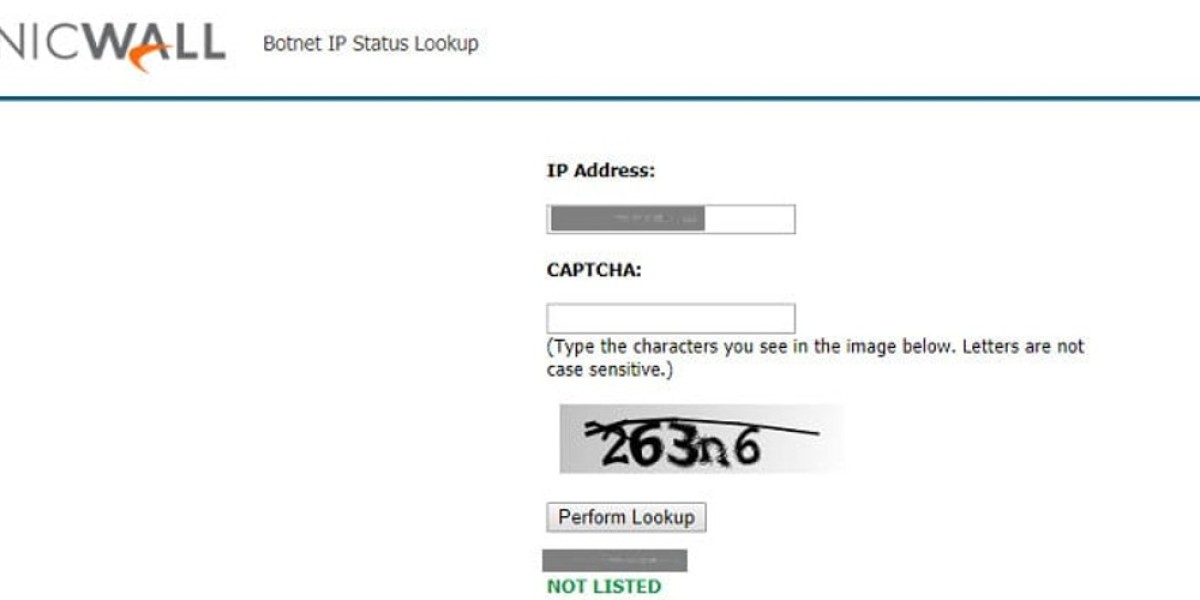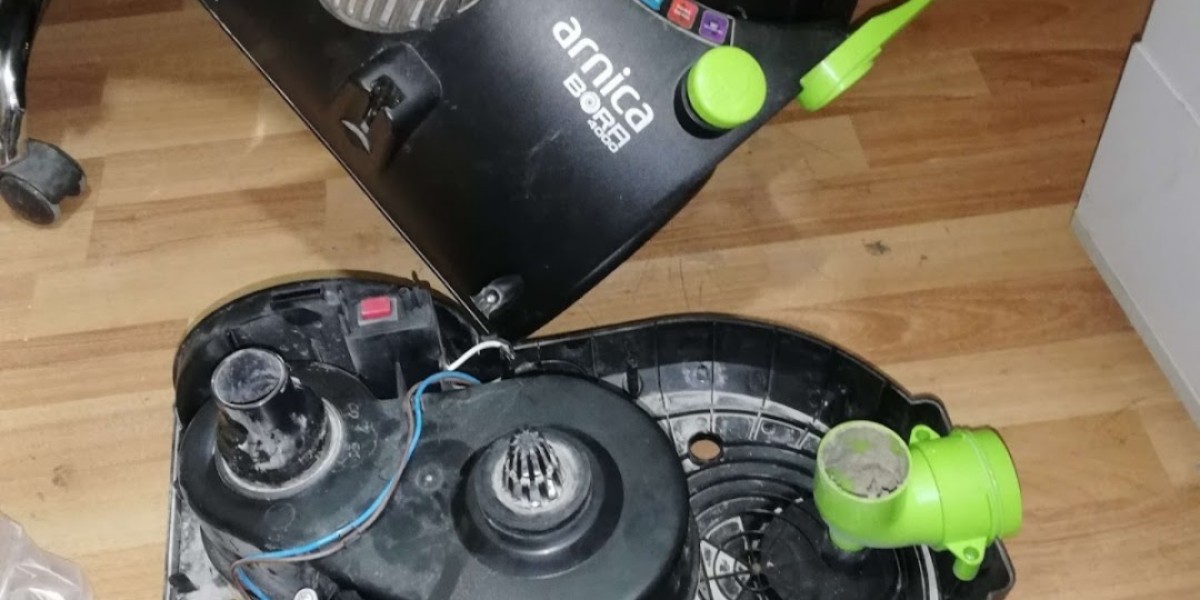In today's fast-paced world, the demand for immediate access to hot water has never been higher. An under sink water heater is the perfect solution for homeowners and businesses alike, providing an efficient, space-saving alternative to traditional hot water systems. In this comprehensive guide, we delve into everything you need to know about under sink water heaters, focusing on their benefits, features, installation processes, and maintenance tips. Our aim is to equip you with all the necessary information to make an informed decision, whether you are considering purchasing an under sink water heater for your home or business.
Understanding Under Sink Water Heaters
Under sink water heaters, also known as point-of-use water heaters, are compact appliances designed to supply hot water directly to a specific fixture, such as a sink or shower. Unlike conventional water heaters that heat a large tank of water, under sink heaters provide hot water on demand, ensuring you have access to it whenever you need it. This technology is particularly beneficial in areas where hot water is used frequently, such as kitchens, bathrooms, and utility rooms.
Benefits of Installing an Under Sink Water Heater
Space Efficiency
One of the most significant advantages of an under sink water heater is its compact size. These units can easily fit under most sinks, freeing up valuable space in your home or business. Unlike traditional water heaters that require dedicated installation space, under sink models can be conveniently placed without the need for extensive renovations.Instant Hot Water
An under sink water heater provides hot water almost instantly, eliminating the wait time associated with traditional tank systems. This feature is particularly advantageous in busy households or commercial kitchens where multiple users may require hot water simultaneously. The ability to provide instant hot water enhances convenience and improves overall satisfaction.Energy Efficiency
With an under sink water heater, you only heat the water you need when you need it. This on-demand heating significantly reduces energy consumption compared to conventional water heaters, which continuously heat and store large volumes of water. The result is lower utility bills and a more eco-friendly approach to hot water usage.Reduced Water Waste
Traditional water heaters can waste a significant amount of water while you wait for it to heat up. With an under sink model, hot water is delivered immediately, minimizing water waste and promoting sustainability. This feature is especially beneficial in regions facing water scarcity.Flexible Installation Options
Under sink water heaters can be installed in various locations, including kitchens, bathrooms, and even laundry rooms. This flexibility allows you to customize your hot water supply according to your specific needs, ensuring you always have access to hot water wherever it's needed.
Key Features to Look for in an Under Sink Water Heater
When selecting an under sink water heater, consider the following features to ensure you choose the right model for your needs:
1. Size and Capacity
The size of the unit and its heating capacity are crucial factors to consider. Under sink water heaters come in various sizes, typically ranging from 2.5 to 10 gallons. Assess your hot water needs based on the number of users and frequency of use to determine the appropriate capacity.
2. Heating Technology
There are two primary types of heating technologies used in under sink water heaters: tankless and tank-type. Tankless models heat water as it flows through the unit, providing an endless supply of hot water. Tank-type heaters store a specific volume of water and keep it heated, making them ideal for situations where water usage is predictable.
3. Energy Efficiency Ratings
Energy efficiency is a key consideration for any appliance. Look for units with high energy efficiency ratings, as these models will consume less energy, reducing your utility bills and environmental impact. Models with Energy Star certification are particularly recommended for their superior energy-saving capabilities.
4. Installation Requirements
Consider the installation requirements of the under sink water heater. Some models may require professional installation, while others can be easily installed by the homeowner. Review the manufacturer's guidelines and consult with a plumbing professional if necessary.
5. Safety Features
Safety should always be a priority when selecting any appliance. Look for features such as automatic shut-off valves, temperature control, and anti-scald technology to ensure safe operation. These safety features help prevent accidents and protect your family from potential harm.
Installation Process for Under Sink Water Heaters
Installing an under sink water heater can be a straightforward process, especially for those with basic plumbing skills. However, it is essential to follow the manufacturer's instructions carefully to ensure proper installation and operation.
1. Gather Necessary Tools and Materials
Before starting the installation, gather the necessary tools, including a wrench, screwdriver, pipe cutter, and Teflon tape. Additionally, ensure you have the right fittings and connections for your specific plumbing setup.
2. Choose the Installation Location
Select a suitable location under the sink for the water heater, ensuring it is close to the hot water outlet. Ensure the area is clean and free of obstructions to allow for proper installation.
3. Shut Off the Water Supply
Before beginning the installation, turn off the water supply to the sink to prevent leaks and water damage.
4. Connect the Water Supply Lines
Using the appropriate fittings, connect the cold water supply line to the inlet of the under sink water heater. Then, connect the hot water outlet to the sink's hot water line. Use Teflon tape on the threads to ensure a tight seal.
5. Connect the Electrical Supply
If your under sink water heater requires electrical power, follow the manufacturer's instructions to connect it to the power source. Ensure that the unit is properly grounded for safety.
6. Test the System
Once the installation is complete, turn the water supply back on and check for any leaks. Test the hot water supply to ensure the unit is functioning correctly.
Maintenance Tips for Your Under Sink Water Heater
To ensure your under sink water heater operates efficiently and lasts for many years, regular maintenance is essential. Follow these tips for optimal performance:
1. Regular Inspections
Periodically inspect the unit for any signs of leaks or damage. Check the connections and fittings to ensure they remain secure.
2. Flush the Tank
If you have a tank-type under sink water heater, flush the tank regularly to remove sediment buildup. This process helps maintain efficiency and prolong the life of the unit.
3. Check the Temperature Settings
Ensure that the temperature settings on the unit are set appropriately. Most models should be set between 120°F and 140°F to ensure optimal performance while preventing scalding.
4. Professional Servicing
Consider having your under sink water heater professionally serviced at least once a year. A qualified technician can identify potential issues and ensure the unit is operating at peak efficiency.
Conclusion
In conclusion, an under sink water heater is a smart investment for anyone looking to improve their hot water access and efficiency. By understanding the benefits, features, and installation processes of these units, you can make an informed decision that meets your needs. With proper maintenance and care, your under sink water heater will provide reliable hot water for years to come. For those seeking a high-quality solution, Eccotemp offers a range of efficient under sink water heaters designed to meet various needs and preferences. Investing in an under sink water heater not only enhances convenience but also promotes sustainability and energy savings.







